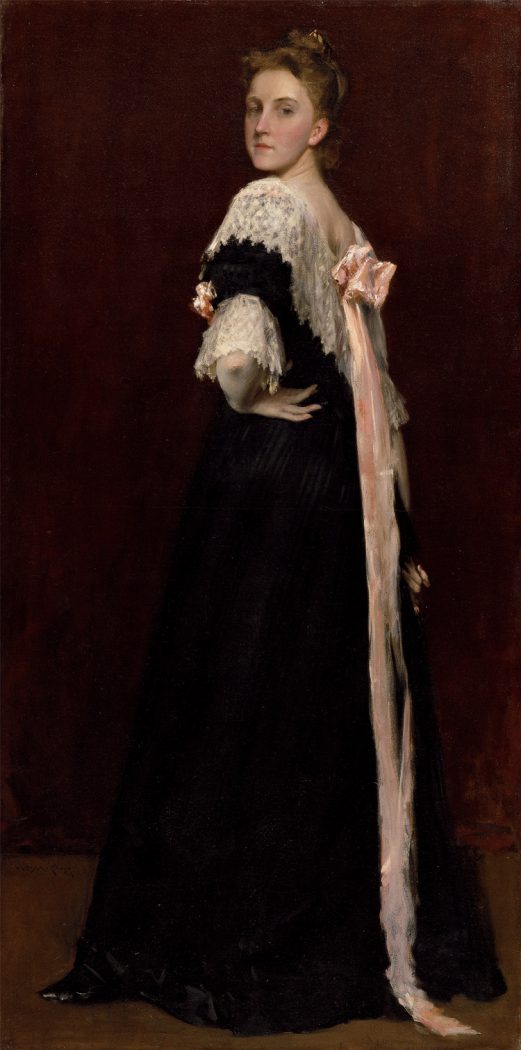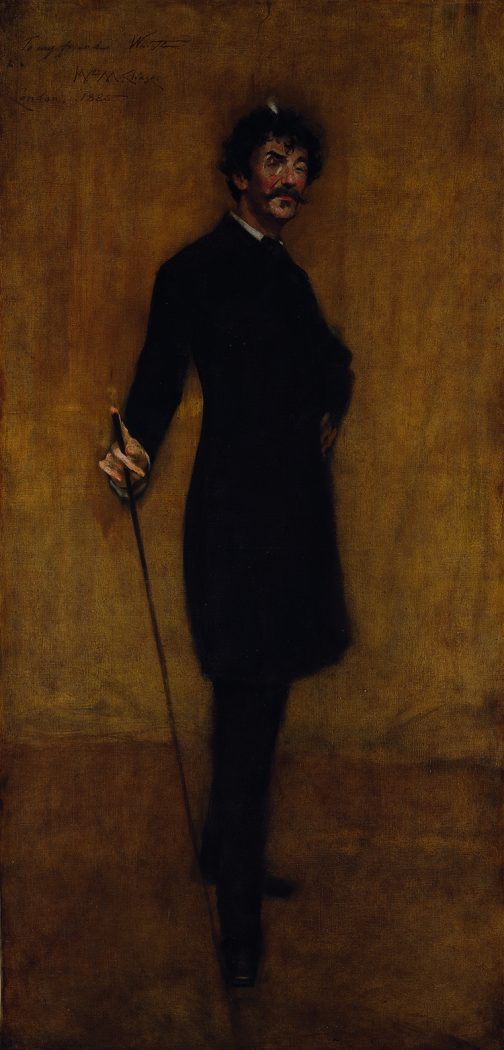While working in Texas last month, I had the good fortune to visit the Dallas Museum of Art. I found a few paintings that reminded me of works from The Phillips Collection, and thought they made nice pairings.
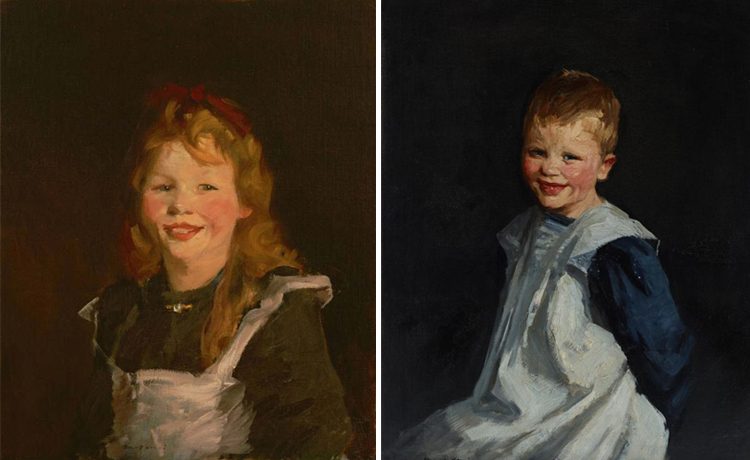
Robert Henri, (left) Dutch Girl, 1910/reworked 1913, 1919. Oil on canvas, 24 1/4 x 20 1/4 in. The Phillips Collection, Washington, DC, Acquired 1920 (right) Dutch Girl Laughing, 1907. Oil on canvas, 32 x 26 1/4 in. Dallas Museum of Art, Dallas Art Association Purchase
In the summers of 1907 and 1910, Robert Henri traveled to Haarlem, The Netherlands, where he painted many portraits of the local people, including these two works which may be the same sitter. Henri described young Cori here as “a little white headed broad faced red cheeked girl…always laughing.”
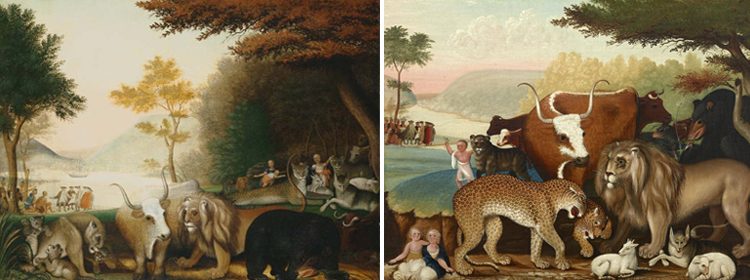
Edward Hicks ,(left) The Peaceable Kingdom, between 1845 and 1846. Oil on canvas, 24 1/8 x 32 1/8 in. The Phillips Collection, Washington, DC, Acquired 1939 (right) The Peaceable Kingdom, c. 1846-1847. Oil on canvas, 24 x 31 1/8 in. Dallas Museum of Art, The Art Museum League Fund
Edward Hicks painted more than one hundred versions of this subject, which illustrates his favorite biblical passage—Isaiah’s prophecy (Isaiah 11:6-9), an allegory of spiritual and earthly harmony.
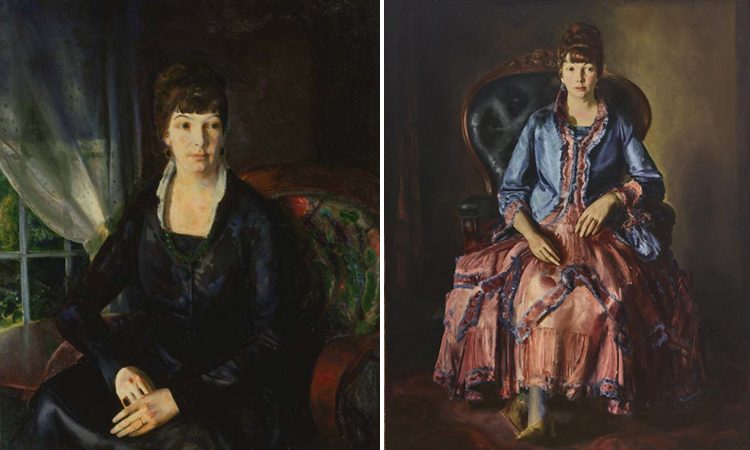
George Bellows, (left) Emma at the Window, 1920. Oil on canvas, 41 1/4 x 34 3/8 in. The Phillips Collection, Washington, DC, Acquired 1924 (right) Emma, 1920-1923. Oil on canvas, 63 x 51 in. Dallas Museum of Art, Dallas Art Association Purchase
Between 1911 and 1924, George Bellows painted eleven portraits of his wife, Emma Story Bellows (1884–1959). The works from the 1920s were created in Woodstock, New York, where the couple summered. These mature portraits reflect Bellows’s admiration for the Old Masters, Thomas Eakins, and contemporary color theories.
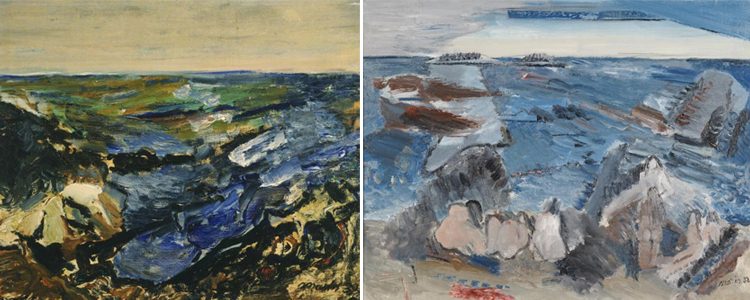
John Marin, (left) The Sea, Cape Split, Maine, 1939. Oil on canvas, 24 1/4 x 29 1/4 in. The Phillips Collection, Washington, DC, Acquired 1940 (right) Bathers, 1932. Oil on canvas, 22 1/4 x 28 1/2 in. Dallas Museum of Art, gift of Mr. and Mrs. Algur H. Meadows and the Meadows Foundation, Incorporated
After establishing himself in the 1920s as the world’s foremost watercolorist, John Marin began painting oils in the 1930s. These paintings reveal Marin’s renowned ability to capture his immediate impression of a powerful seascape along the rocky Maine coast.
Renée Maurer, Associate Curator

